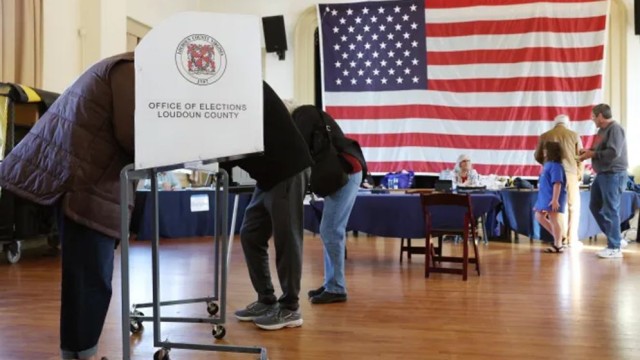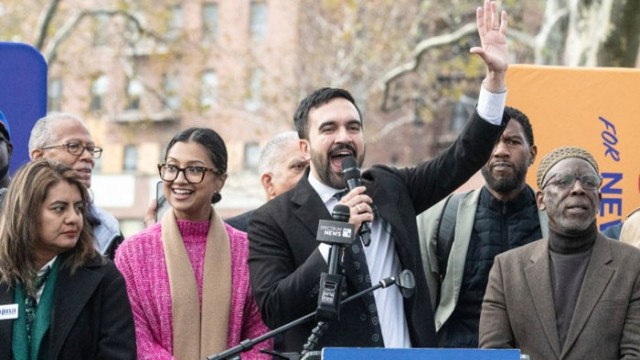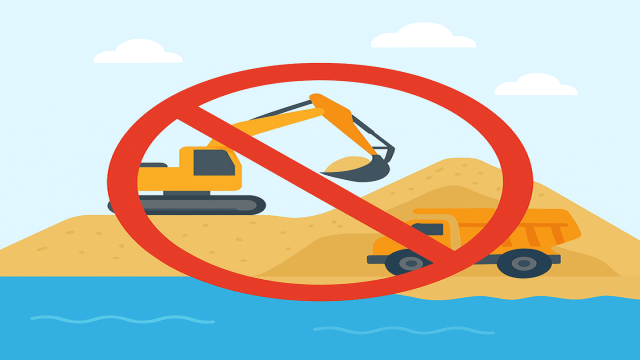Donald Trump, as he gears up for his campaign against Kamala Harris, has revived a classic question in U.S. elections: “Are you better off now than four years ago?” His focus on economic conditions highlights a complex picture, as a glance at the final year of his previous term shows. In 2020, the U.S. faced significant setbacks due to the COVID-19 pandemic, leading to a 1.8-year drop in life expectancy and the loss of over 350,000 lives, according to the National Center for Health Statistics. The economy also suffered one of its worst quarters, with a GDP plunge of 28% annualized from April to June, though a robust recovery followed, fueled by bipartisan federal aid to prevent further economic damage. By the end of Trump's term in the fourth quarter of 2020, the economy was still slightly smaller than it was at the close of 2019.
In many ways, the economic landscape now mirrors the pre-pandemic era, reflecting what some economists view as a success in keeping a health crisis from completely derailing the economy. Inflation remains a major point of contention, having surged from 2021 to 2022 at rates unseen since the 1980s. Trump has seized on inflation as a key campaign focus, while Harris has struggled to counter it, despite recent declines in inflation. Many Americans still feel the pinch of high prices, particularly for essentials like food, even though inflation-adjusted income per capita has grown by roughly 10% since 2019. For households, perception often outweighs the actual economic metrics: despite the increases in wages to match inflation, higher prices continue to affect daily life, underscoring the enduring power of consumer sentiment in shaping the political landscape.































Comment: